When Helen* fled her home in Myanmar’s Kayah state, she had only two diapers to take for her soon-to-be-born baby. She had spent the first months of her pregnancy avoiding the war, but the fighting caught up to her hometown and she was forced to leave. Her daughter was born in a hut on New Year's Day, on a farm where she has been hiding ever since.
A few thousand miles away, in Chongqing, China, Ma Jing doesn't plan to have children at all, despite being married, with a stable job, and being faced with tremendous cultural and political pressure to raise sagging birth rates.
Every person alive was born to someone, meaning that someone made an immensely intensive investment: motherhood.
Across the world, women are grappling with the steep cost of that investment, and that’s certainly true in Asia.
For some, it is facing down the daily anxieties of war, hunger or poverty while raising a child. For others, it is risking bodily harm or social opprobrium related to the decision to have or not have children.
For this year's International Women's Day, the UN has declared as its theme "Invest in women", urging governments to increase what it calls "gender responsive financing" and public spending on social services.
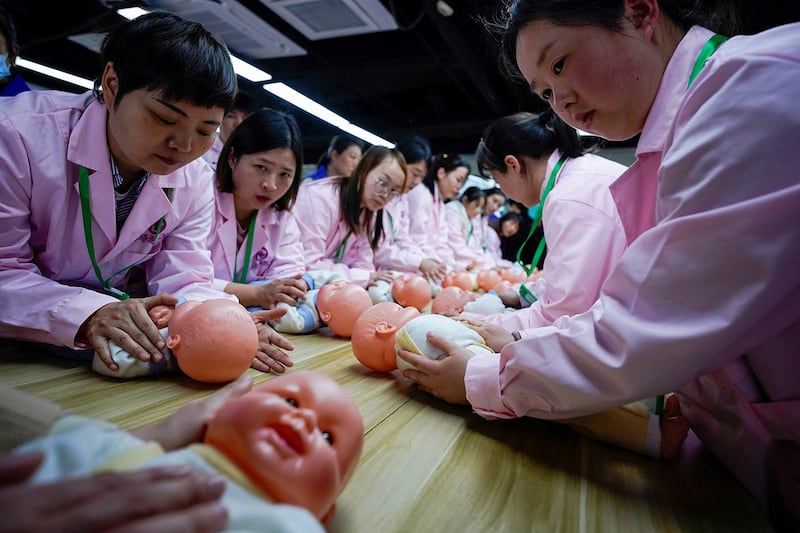
Yet for many, the investment costs of motherhood can be a much more complicated calculus than is summed up from what money can buy.
Women in higher income economies around the world are having fewer children and the trend is also true in richer Asian economies.
Out of the ten places with the lowest fertility rates around the world in 2020, five are in Asia, according to figures from the World Bank.
That year, Hong Kongers were having on average 0.8 children per woman - the second lowest fertility rate in the world after South Korea.
Since then, the figure has fallen further still, with fertility rates reaching their lowest level on record in 2023. A staggering 40% decline was recorded from 2019 to 2022, according to government statistics.
Yet Hong Kongers were moving to England and Wales to have children, RFA Cantonese found last year – and the reasons were not all financial.
Culture of motherhood
For L*, a single mother who was pregnant while seeking asylum in Britain, the culture of parenthood there made her decide to stay - a sentiment echoed by other Hong Konger parents in the U.K. who spoke to RFA.
"Britain makes people feel that children are welcome to be born here," L said. Instead of being turned away or questioned about her being pregnant alone, “they (hospital staff) would take special care of me,” she said.
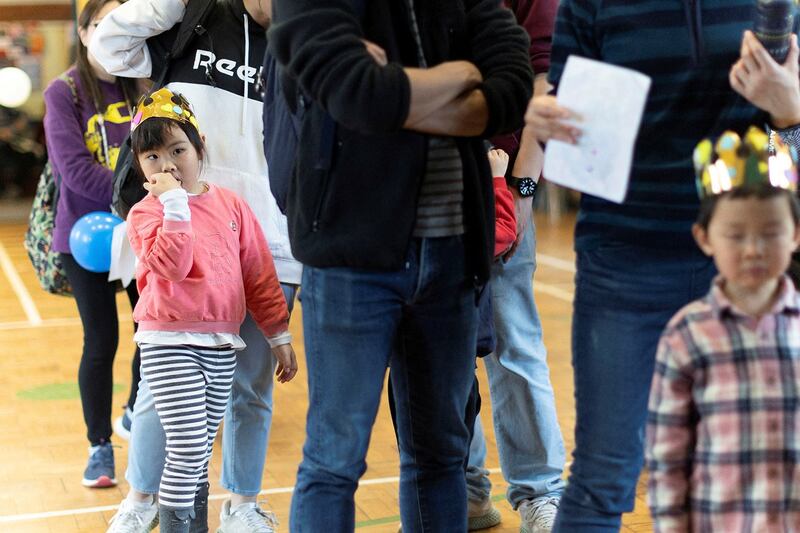
She was unimpressed with the Hong Kong government’s plan to provide couples with a subsidy to have children. It won’t matter, she said, if the city’s political and social environment make it unappealing to have a family.
Indeed, social pressure often trumps official policy.
A rhyme that was popularized in China after Beijing began encouraging women to have three children ridiculed the policy: “To have four ‘olds’ above/And three babes below/The two in the middle/Might as well be buried with a hoe”.
Women in China told RFA Mandarin in 2021 - the year of the policy change - that the pressure it would place on them to support both elderly parents as well as several young children made it practically unthinkable. In fact, for some, it was not appealing to get married at all, much less plan for children.
“One of my girlfriends said to me ‘it is easier to buy a house than to find a [suitable] boyfriend’,” said Sun Qi, 34, of Shanghai.
“[My] main reason [for not having children] has nothing to do with money,” said Li Dan, also in her 30s and living in Shanghai. “The main reason is that I am single."
(Single motherhood, though rising, is still uncommon and generally frowned upon in China).
Wartime worries in Myanmar
Though there has been no fighting in Yangon, the largest city in Myanmar, Thae Oo, a young married woman, told RFA Burmese that she has decided not to have children because the conflict could come at any time.
She did not want her future children to grow up in the middle of the conflict, she said.
“In normal times, there are no difficulties, but this time, I am struggling to survive, so I decided not to bring a child into this world because I think it shouldn't be a hardship to my child," she said.
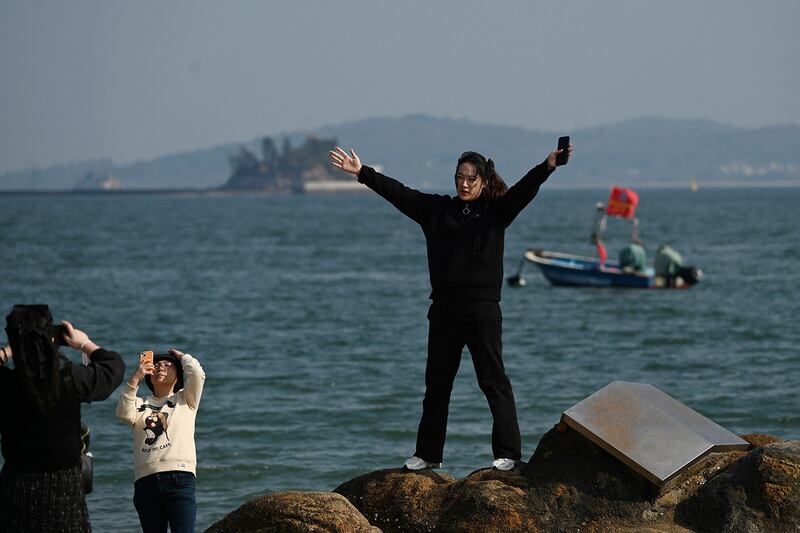
But often, women do not get a choice.
A 2020 report from the New York-based Guttmacher Institute, a charity that researches women's reproductive issues, found that there is an unmet need for contraceptives for some 21 million women across nine lower and middle income countries in Southeast Asia and 23 million across East Asia. The study defines unmet need as sexually active women who said they wished to avoid pregnancy.
Po Po told RFA Burmese that having been internally displaced from Kyunhla Township, access to modern contraception is impossible.
"Don't even mention birth control pills”, she said, “It's a situation where you can't even buy a pill”. Instead, “people find their own way to prevent having children,” she said.
An Sokhim of Cambodia had not planned to have children immediately after marriage because of poverty. But the Phnom Penh resident did not have access to contraceptives and found herself pregnant. She had children, but was not ready to be a mother, she said.“At the time of my delivery, we were really broke, so for every meal - morning, lunch and dinner - I just ate dried package noodles. Life was very tough, ” she said.
High safety risks
Risks are high and chances of recourse when things go wrong are low. Women in Cambodia, Laos and Myanmar – three countries with the highest birth rates, but also the highest infant and maternal mortality rates in the region – told RFA of horrors of deliveries that ended in death or harm, low trust in the medical care they could expect to receive and not having access to care in the first place.
In Phnom Penh, Yen Sopheap was lucky to have the funds to give birth in a private hospital.
“At that time, it was recommended that we give birth at the public health center, but I said I did not want to give birth there,” she said - she had witnessed a friend die at one such place when she went into labor.
Several rural Cambodian women said they would have to abort any unintended pregnancies, because doctors would certainly turn them away if they could not pay for delivery, and they could not afford to raise them anyway.
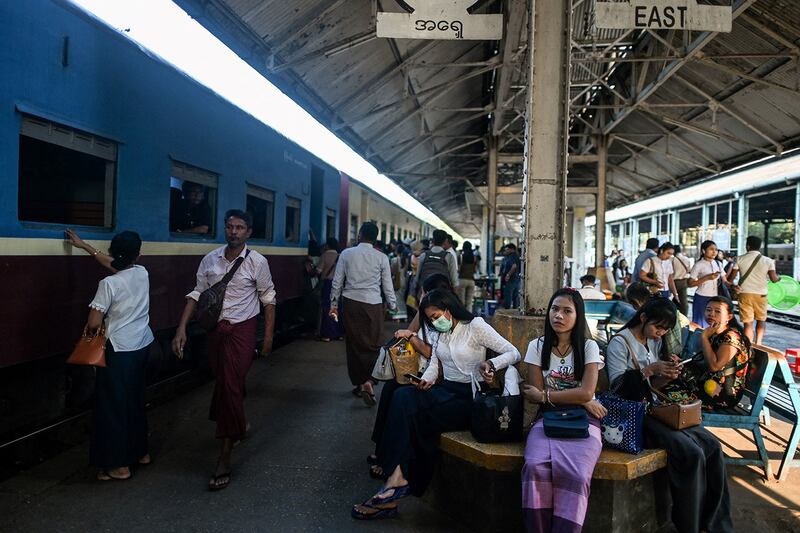
After Helen delivered her baby in hiding in Myanmar, she lost so much blood that she apparently suffered a stroke. “I don’t have the luxury of a doctor to entrust my pregnancy to or a way to connect with healthcare providers," she told RFA Burmese.
To “invest” in its most commonly used sense today has meant to put forward a commitment of money that leads to (hopefully) a greater return.
Certainly access to hospitals and childcare and contraceptives and education would do much to relieve the vexations women face, in rich countries as well as poor; in Asia as with anywhere else; when facing a question of motherhood, as with anything else.
But what is the investment that can be made to stop conflict that robs mothers of safety, cultural stigmas that censure choice or social incentives that devalue motherhood? That is a much trickier question to answer.
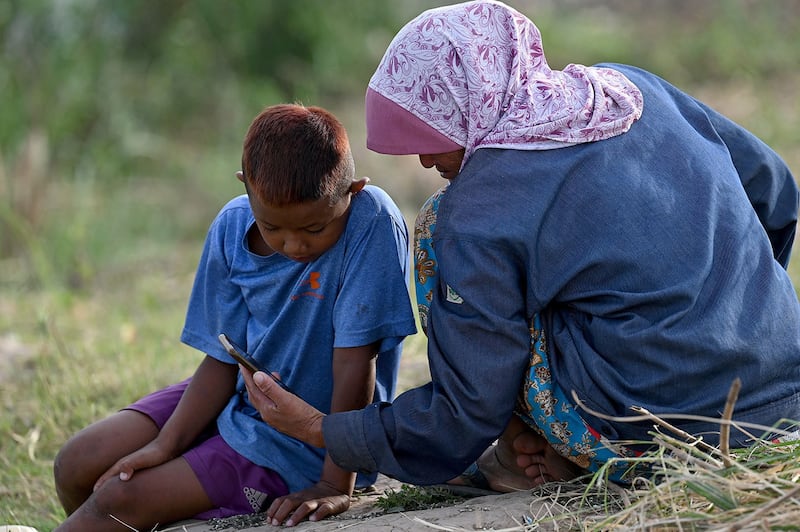
*RFA has used pseudonyms to protect the safety of sources.
Reporting by RFA language services
